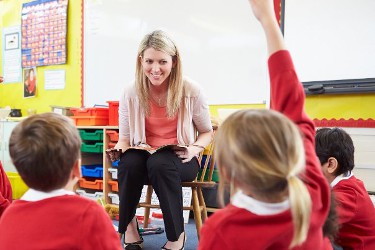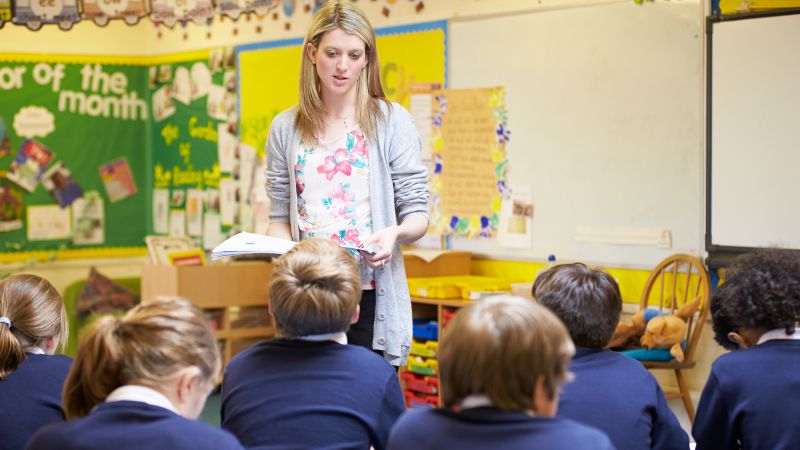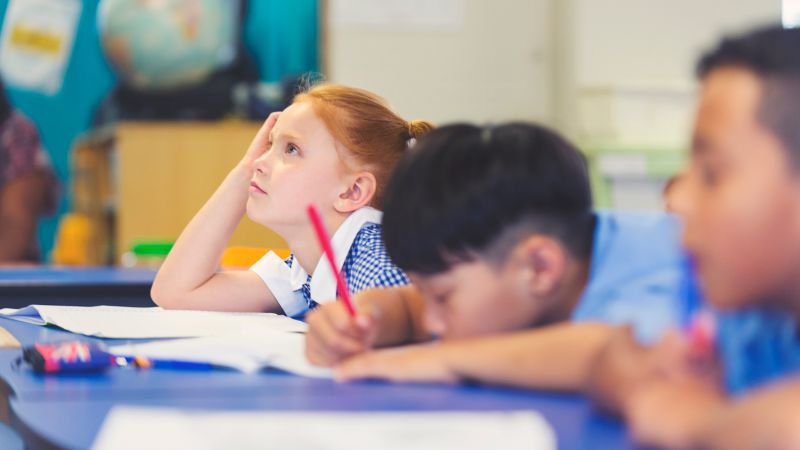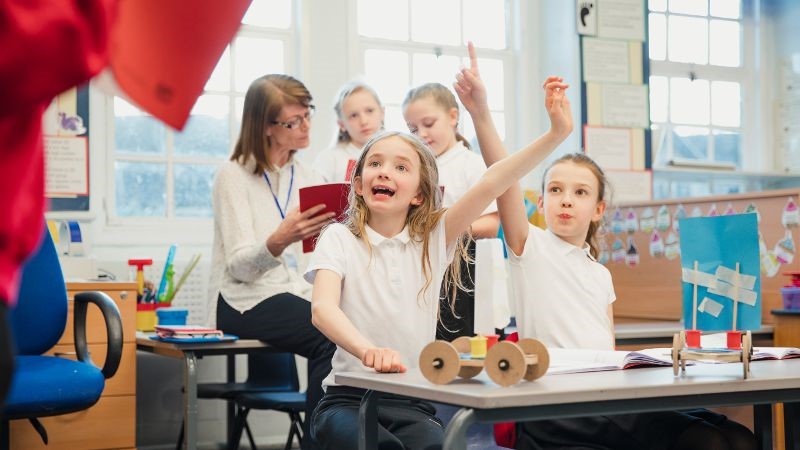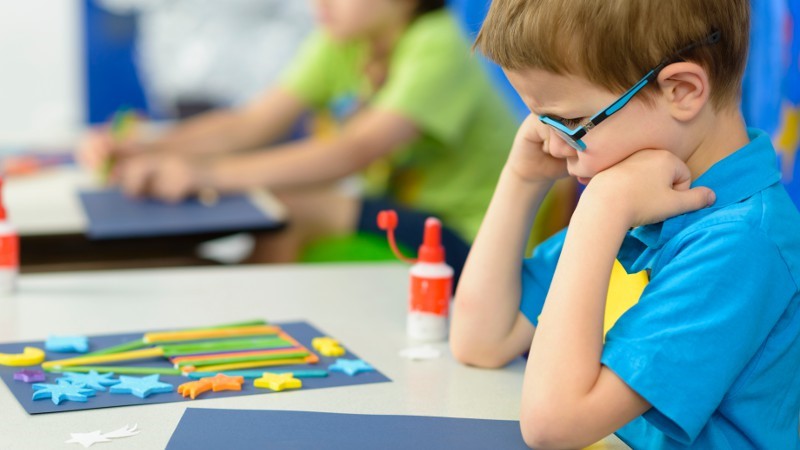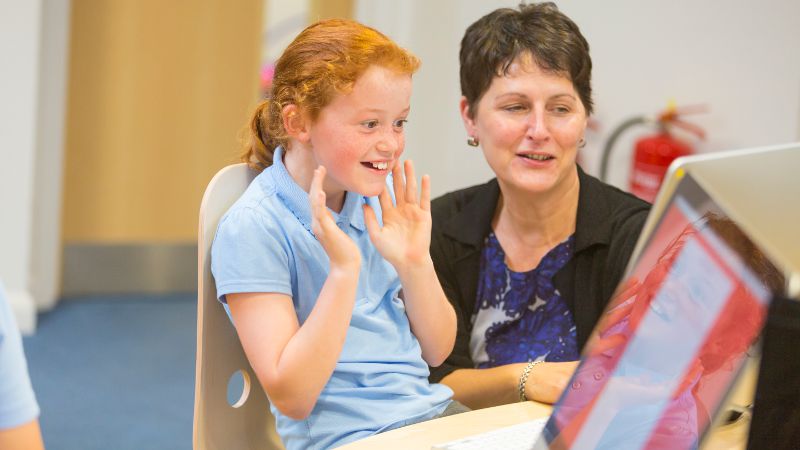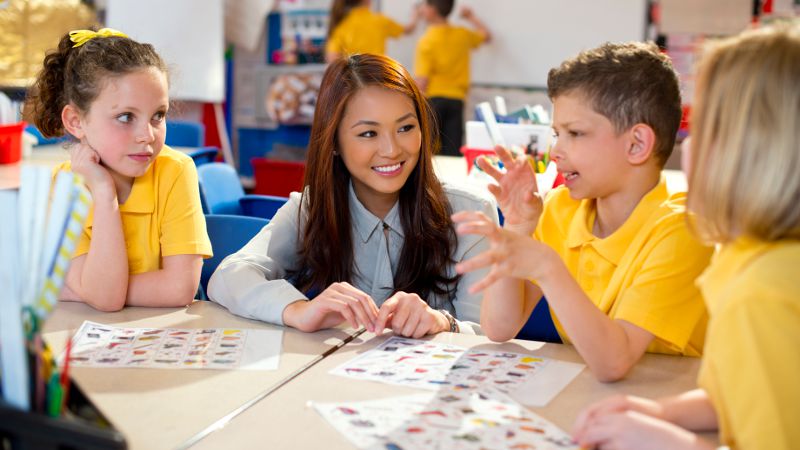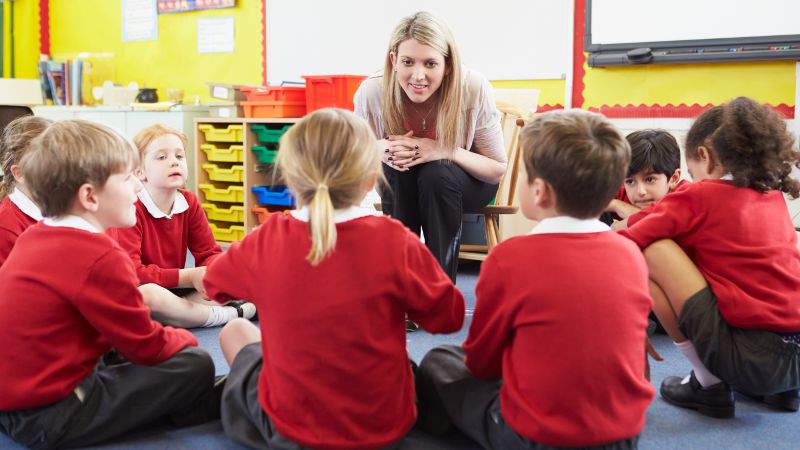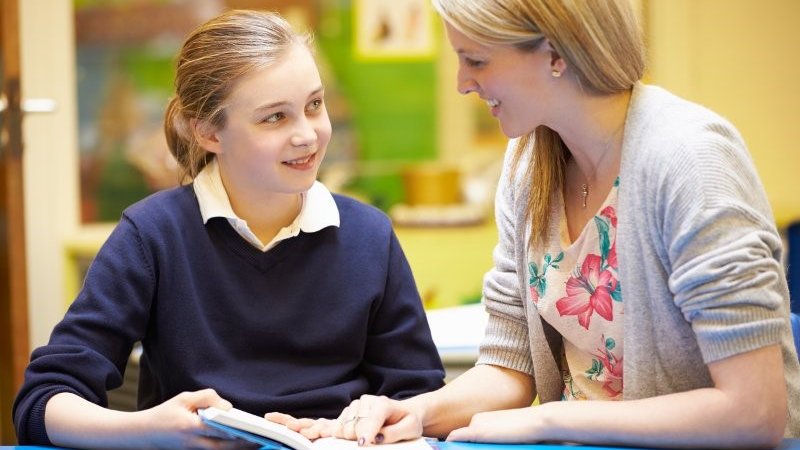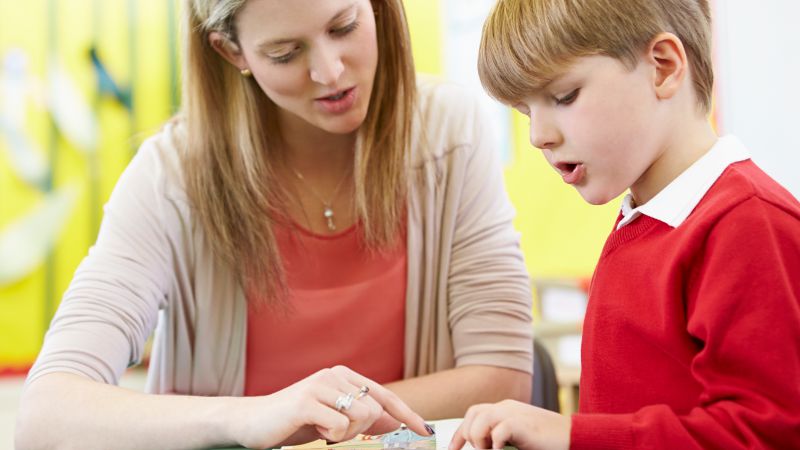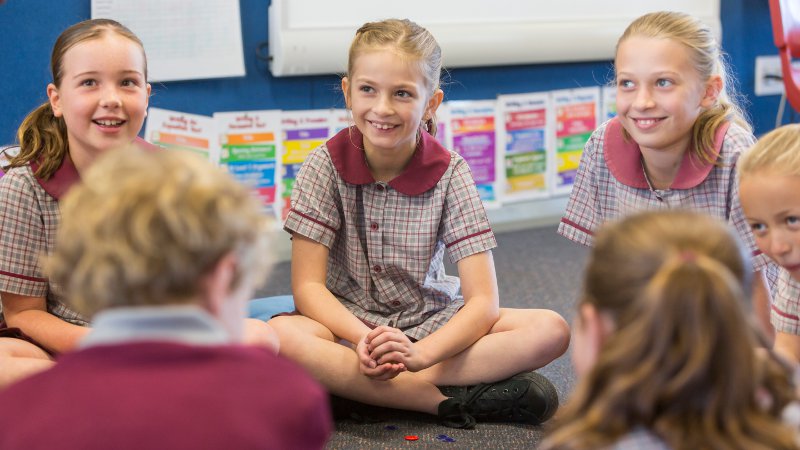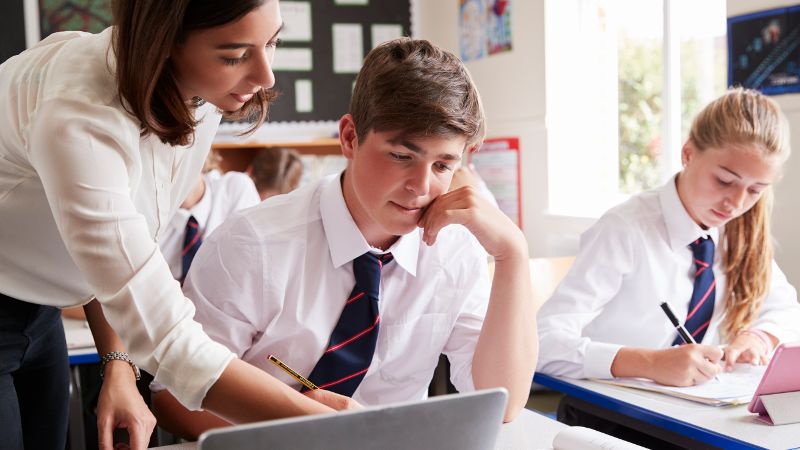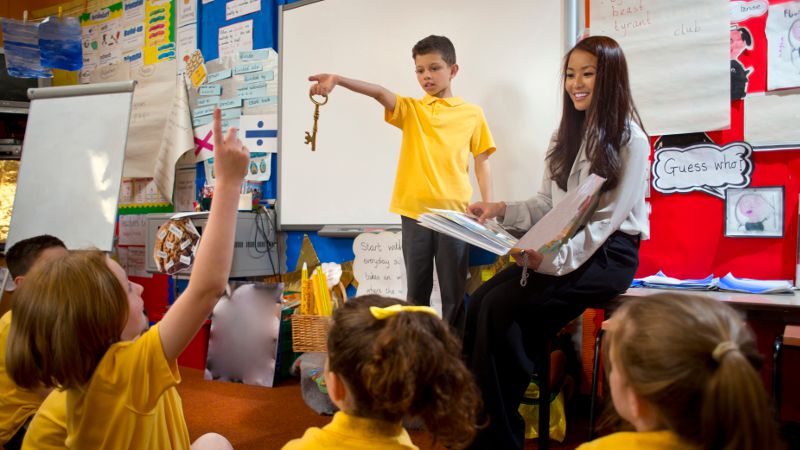
Teaching Aids and Props: The Basics for Teachers and Teacher Aides
Teaching aids and props – teaching aids are tools used to assist teachers to more productively manage their learning environments and activities. Props are physical objects often used in story- telling or demonstrations.

Humans have been using teaching aids and props since the beginning of time. In today’s classroom, lecture theatre or other learning environment, teaching aids and props are just as useful as ever before. In early childhood settings, teachers utilise a myriad of teaching aids and props, often in the form of toys and games. Nature-based learning utilises props such as trees, logs, hills, dirt, plants, rocks and sticks – many of these are compiled by the teacher from various locations. As children get older, learning becomes more cognitive, abstract and theoretical; the number of teaching aids and props reduce over time.i However, students of all ages and abilities can benefit from the use of teaching aids and props; accelerated learning, improved recall and higher engagement are notable potential benefits.
Teaching aids can be defined as any object used in the educational environment to support learning and to make life easier for the teacher – they support the professional practice of teaching. Common examples include timers, flip charts, world globes and flashcards. Teaching aids are usually not subject-specific (as props are) – a timer for example can be used in any subject. Teaching aids are used to explain content, for revision purposes, to coordinate activities and to provide new and exciting ways of learning. They support the execution of teaching strategies and activities. They are also a management tool. Teachers can build a collection of teaching aids over time by making their own or by buying them from education stores.
While teaching aids support classroom organisation and management, props are subject or topic-specific items with high entertainment, engagement and interest value. Props in the educational sense are the same as props in the performing arts – items used on a stage as part of a performance. Think of the last performance you went to – you probably can’t remember exactly what the performers said, but you can probably remember the props. Props get students’ attention and help with recall; they make the lesson memorable and they provide an anchor for knowledge recall. They can be used to spice up a boring lesson or to add drama and suspense.
Hint: the more exciting the lesson, the less likely students are to become distracted or to daydream. This results in fewer behavioural issues. For maximal effect – show them something that they don’t expect.
Here are a few simple examples of props being used in the classroom:
- A teacher has a volunteer parent (or a class student) dress up as a person from the medieval period. They are cast as a ‘special visitor’ from the past and ‘they are carrying a sack of…’.
- A teacher brings in 5 containers. Students guess the amount of water that can fit in each. The teacher fills them up to see who was the closest.
- The teacher and several parent helpers bring in examples of food from other countries.
- The teacher brings in several random objects in a rucksack. One item is randomly pulled from the bag. Students have 3 minutes to write a detailed description of the object.
Hint: the examples above are really not that creative. Use your imagination – even the most boring lessons can be spiced up with a few creative props. If you enjoy performing, harness your acting skills and put them to good use.
Teaching aids can be defined as any object used in the educational environment to support learning and to make life easier for the teacher – they support the professional practice of teaching.
Foot notes:
- This is a broad generalisation. Consider for example the colourful displays in most primary school classrooms compared to the starkness of most high school classrooms.





